Although this may be hard to believe, there now are vehicles that are capable of diagnosing their own problems with minimal human intervention. Let’s take a look at them through this list prepared by Philkotse.com.
1. When it’s time for an oil change
Before fancy meters and sensors came into fashion, vehicle owners had another way to determine when it was time for an oil change. While vehicles today would have a light indicator or an LCD screen to tell the driver that the engine oil tanks have deposits, drivers before would follow the 5,000-km. or 10,000-km. (or depending on the oil you use or manufacturer’s recommendation).
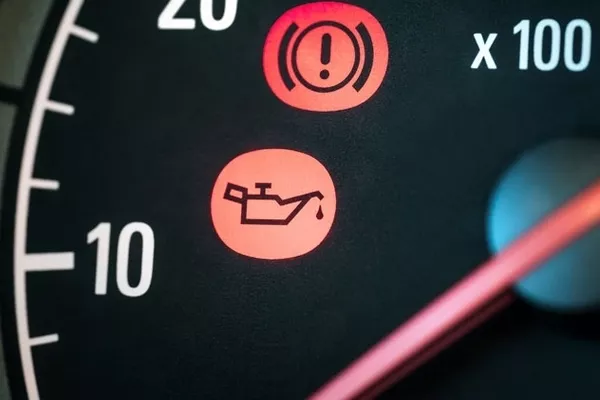
Vehicle owners used to have another way to determine when was time for an oil change
>>> Read more: 5 signs to check if your car needs an oil change.
2. The current tire pressure
Most of the latest vehicle units today come with a TPM (tire pressure monitor). We’re not talking about the particular instrument that you have to carry around with you or keep in the glove box. The TPM that we’re referring to is the one installed in your vehicle that’s designed to sound an alarm once a dangerous level of tire pressure is reached.
One benefit that you might like about this feature is that you’ll avoid having to stop on the side of the road in case of a flat tire because you’ll already be warned of the problem before you even leave home.
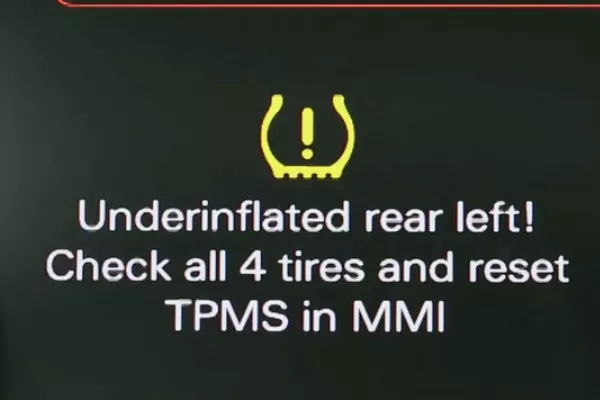
Most of the latest vehicles today come with a TPM (tire pressure monitor)
>>> You might concern: Different types of tire pressure gauges and which is the best to choose?
3. When the brake pads need replacement
New vehicles are equipped with the latest technology -- including a sensor that detects the thickness of the brake pads. Once they’re thin and need changing, you will be notified depending on the design of your vehicle.
Some manufacturers utilize a light-up gauge to indicate that the brake pad is wearing thin while in more advanced units, the message can be displayed on the LCD screen.
Brake-pad sensors didn’t exist back then so vehicle owners at the time had a different way of knowing if the brake pad needed to be changed -- a screeching loud noise that is very painful to the ears.
This meant, of course, that the metal caliper was already rubbing against the rotor. Any further usage of the vehicle without changing the brake pads could cause damage to the two metal parts rubbing against each other. Advanced brake pad sensors inform you about this before it gets too late.
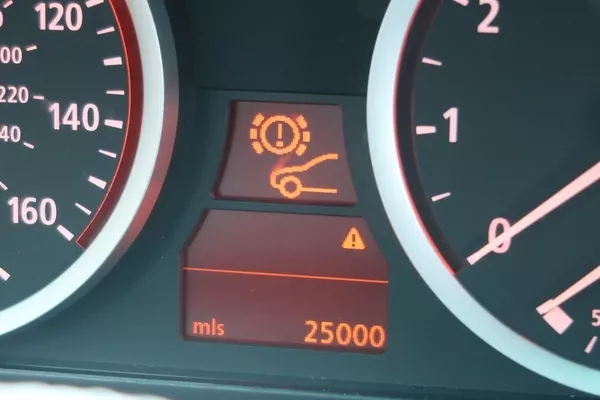
Brake-pad sensors didn’t exist back then
>>> Check out: Things you might not know about brake pads and car rotors.
4. Too much moisture in the car
Not all the problems that can be diagnosed by modern cars are concerned directly with safety. Take this useful mist sensor for example. This feature is present in a few vehicle models like the Acura RLX.
It’s designed to detect the presence of too much moisture inside the cabin and relieve the passengers and driver by automatically turning on the air conditioner. As a bonus, this also prevents the windows from fogging up so you can still see outside.
5. Loose engine cap
Though this issue never caused a massive problem before the engine sensors were invented, loose engine caps are becoming one of the most problematic and usual causes of mini-heart attacks for drivers all over the world. As you may already know, engine sensors are made to detect any signs of abnormal state or activity in the engine bay.

Engine sensors are made to detect any signs of abnormal state or activity in the engine bay
Once it detects anything unusual, that little light indicator on your dashboard will light up telling you that you should prepare cash for a possible replacement or repair. One of the reasons for this is a loose engine cap which is usually diagnosed after a mechanic plugs his reading device into the computer of your vehicle.
6. The air filter needs replacing
This is another part that requires as much attention as the rest of your vehicle. The air filter plays an important role in keeping your engine in optimal working condition. Once it’s clogged or gets too old, there’s a high chance that it won’t be able to perform its job properly. The end result could be very costly for you. That’s why it’s best that you pay attention to this part once your vehicle signals you to inspect it.
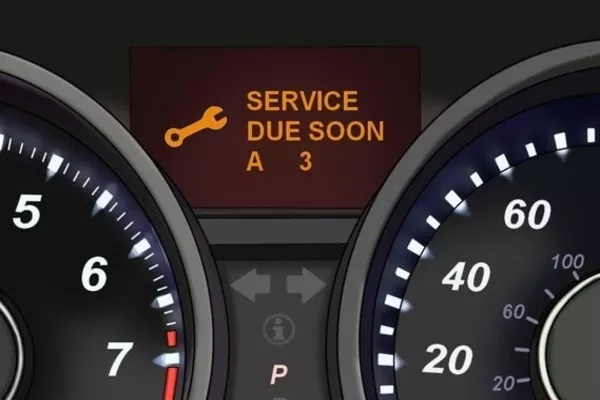
The air filter plays an important role in keeping your engine in optimal working condition
>>> Also check: Replacing car air filter: Must-have skills that every Filipino driver needs to know.
7. Fluid levels
The old way of checking fluid levels was by popping the hood, locating each of the fluid’s tanks and twisting the dipstick to see how much fluid was left in each tank.
Although this method hasn’t gone completely obsolete, there are modern sensors that can indicate the level of each fluid in the engine without having to pop the hood at all. After all, who has time for that in the busy world we live in?
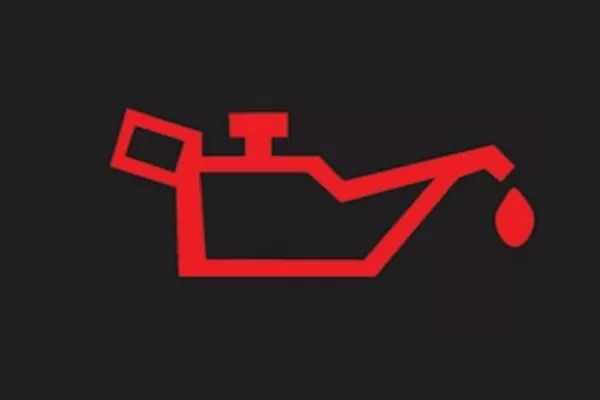
There are modern sensors that can indicate the level of each fluid in the engine without having to pop the hood at all
8. Battery charge
The battery plays an important role by providing your vehicle with power for the lights, the radio and anything else that needs electricity in your vehicle.
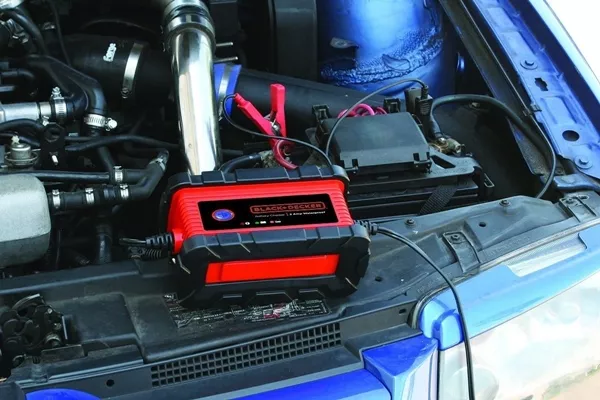
The battery plays an important role by providing your vehicle with power
>>> Relevant article: Handy tips on how to charge and maintain car battery properly.
If you have a bad habit of leaving your lights on for too long then this good news is for you. Vehicles that are capable of measuring the battery power are now available in the market and are waiting for your purchase.
Recent posts
- Best car features that are convenient but not really priorities Jan 26, 2021
- 13 less popular car features that are found in cars yet vital Jan 26, 2021
- Problems solved: 8 simple tips to save money on car maintenance Sep 12, 2019
- What are the prioritized car features and what shouldn’t be bothered with? Aug 05, 2019
- Top 8 common car problems you experience during a road trip Aug 14, 2019












